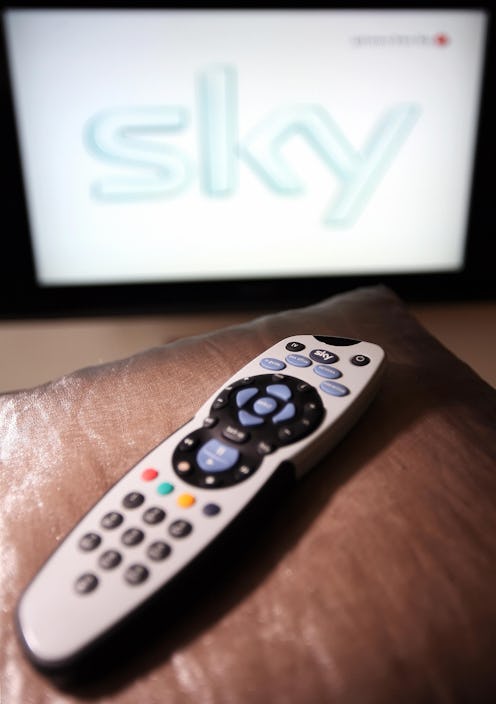News
SCOTUS Is About To Rule On The Future Of TV
Decades ago, when VCRs weren't collecting dust on thrift store shelves but a mainstay in living rooms across the United States, TV companies feared they'd take a financial hit thanks to video-recording technology. This led to SCOTUS' 1984 case Sony Corp. of America v. Universal City Studios, Inc., also known as the "Betamax case." Now 30 years later, the Supreme Court will hear a similar case against startup Aereo, although the technology has changed quite a bit.
In American Broadcasting Companies, Inc. v. Aereo, Inc., the high court will decide whether or not Internet-TV streaming — on computers and other portable electronic devices — is a copyright violation. It's a case that many consider a game-changer for Internet streaming, a practice that is no doubt as popular than recording your favorite TV show on a video cassette.
The case puts Aereo, Inc., an Internet-based startup that allows (paying) subscribers to watch broadcast TV programs, head-to-head with major broadcasting companies, including Disney, CBS, NBCUniversal, and FOX. These companies are suing Aereo for copyright infringement, saying the startup owes broadcast networks retransmission fees for carrying and distributing their content.
Retransmission fees were instated under the 1992 United States Cable Television Protection and Competition Act as a way to ensure that broadcast networks were fairly compensated by cable companies that redistributed their programs to their paying customers. According to research from SNL Kagan, retransmission fees will reach $7.6 billion by 2019, due to rising prices for TV station owners.
Of course, in this digital age, many media consumers don't really feel the need to subscribe to pricey cable channels. The rise of innovative content-streaming websites like Hulu and Amazon have granted users access to thousands of programs for only a few bucks a month. And more and more people are taking these Internet-streaming programs to their TV screens: According to a 2013 survey from the NPD Group, 45 percent of people surveyed stream free and paid-for media content over their televisions — an increase from 31 percent in 2012.
Aereo has certainly capitalized on this. The startup, which is only active in 11 U.S. cities, is arguing that it simply took home-viewing technology to its next logical conclusion. This time, instead of providing consumers with a VCR, DVR or digital recording device, its giving users a platform to view free television via antenna farms that pick up over-the-air TV signals. According to the company's brief to the court:
This case simply concerns the next technological step: allowing a consumer to access broadcast programming using an internet-connected device coupled with a remotely-located, individually assigned antenna and segregated storage space.
Basically, the TV companies feel like they're losing billions of dollars as Aereo continues to distribute their public airwaves without paying any fees. But will the court's ruling change the TV-Internet relationship as we know it? While some pundits say broadcast companies may be hit hard if Aereo comes out on top, the SCOTUS Blog states that the court may just scrutinize Aereo's system, and not necessarily apply it the broader landscape:
In some cases testing the Court’s appreciation of new technology, it has shown some tendency to proceed incrementally, understanding that it cannot fully anticipate, and make rules for, what may come next. That is a discipline that suggests that, this time, the Court may want to rigorously focus on Aereo’s system, and just that.
